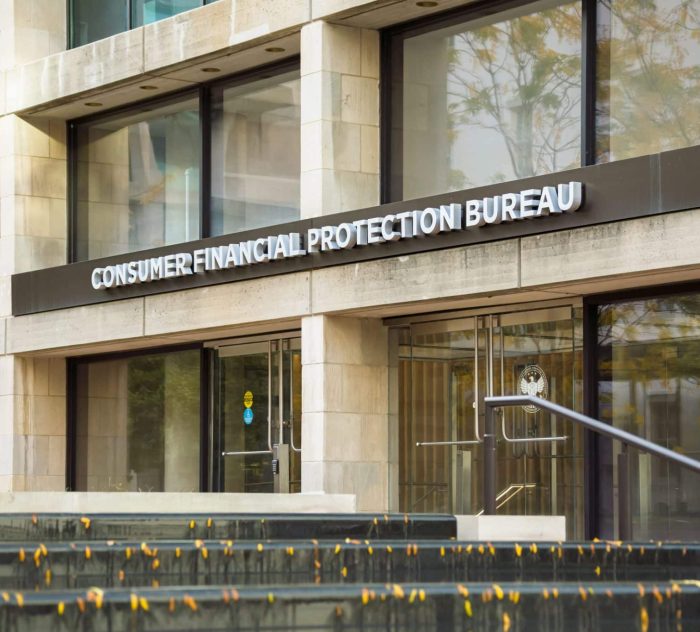It is no secret that many commercial real estate (CRE) properties are struggling. The dramatic increase in interest rates over the past few years and employers’ evolving mindsets regarding the use of office space are creating strains on property owners’ ability to service CRE debt. As a result, many CRE loans are either in default or teetering on the brink of default. While many lenders are actively working with their customers to restructure the loan and avoid a default, lenders should be mindful that their actions (and inactions) while servicing loans may have serious unintended consequences. The following is a brief look at some common behaviors that lenders should avoid in order to preserve their ability to enforce remedies following loan defaults.
- Ignoring Failures to Meet Deadlines. A lender’s failure to timely enforce post-closing covenants (such as securing building permits and approvals, entering into construction contracts and commencing construction within certain specified time periods) may preclude a construction lender from being able to later withhold funding even if the completion of the project is no longer feasible during the timeframe contemplated by the loan documents.
- Statements Minimizing the Seriousness of a Default. Verbal and written statements by a lender which minimize the seriousness, or which acknowledge the existence, of a default, can be just as problematic (if not more) than ignoring the default completely. If the lender acknowledges that the default exists and thereafter takes no timely action (such as issuing a default and reservation of rights letter or waiving or otherwise addressing the default in writing), this likely will not only result in a waiver of that particular default, but may also result in a waiver of future defaults of the same or similar covenants.
- Repeated Waivers of Events of Defaults. Repeated waivers of events of default (such as for failing to timely deliver financial statements, failing to meet debt service coverage ratios, failing to obtain the lender’s consent to certain actions prohibited by the loan documents, etc.) can create an argument that a lender is no longer able to enforce these covenants because it created a “course of dealing” that the borrowers and guarantors reasonably relied upon. Rather than continually waiving compliance with a covenant that the borrower cannot meet, lenders should consider permanently or temporarily modifying the covenant or substituting it with a covenant that is better synchronized with the current circumstances.
- Loan Modification Proposals. Discussions, emails and term sheets regarding proposed loan modification or workout terms should be carefully considered as these may later become the basis for a lender liability claim or an assertion that the lender effectively waived its ability to call the loan based on one or more events of default. Lenders should get counsel involved early in the process and consider requiring borrowers and guarantors to sign a pre-negotiation letter which preserves the lender’s rights and remedies during loan modification/workout discussions and which makes it clear that any agreements and waivers by the lender must be in writing and signed by the lender to be enforceable by the borrower and guarantors.
- Informal Agreements. When a lender reaches agreement with its borrower on the terms of a loan modification, forbearance, or other workout agreement, that agreement should be memorialized in a document signed by all interested parties. In some cases, a lender may wish to avoid the time and expense of drafting such a document and may believe that a conversation with the borrower documented by email is sufficient. However, this approach frequently leaves the lender open to risk, as the borrower may later dispute that any agreement was reached or succeed in arguing that its terms are ambiguous.
- Non-Market Loan Modifications. Lenders should avoid the temptation to agree to overly generous loan modification terms solely for the purpose of avoiding the reclassification of the loan as “nonperforming.” These types of modifications may, again, create a “course of dealing” argument for the borrower and could result in serious regulatory problems for bank lenders.
- Providing Financial Management or Legal Advice. Lenders must also remind their loan officers to stop short of actively managing a borrower’s financial affairs or providing legal advice regarding a distressed loan. These circumstances generally arise from a loan officer’s genuine desire to assist a valued customer during a difficult time. Unfortunately, stepping beyond the bounds of the traditional creditor-debtor relationship can provide the borrower with a basis to argue that the lender effectively became its fiduciary. This may lead to a lender liability claim if the advice ultimately works to the borrower’s detriment, particularly where the recommended action benefits the lender.
Many lenders pride themselves on their flexibility, customer service and ability to work with their borrower customers during difficult times. While this is commendable and likely the preferred approach for bank regulators, borrowers and the CRE market in general, lenders should be careful not to unwittingly impair their ability to call a defaulted loan or expose themselves to potential lender liability claims.



